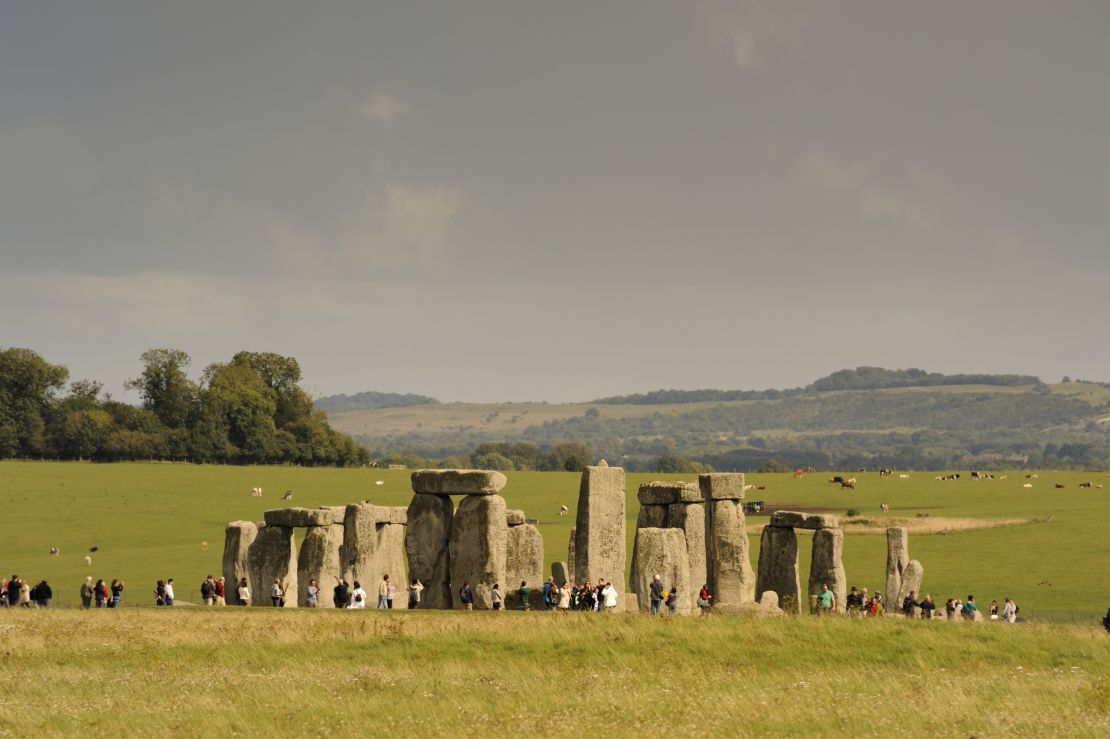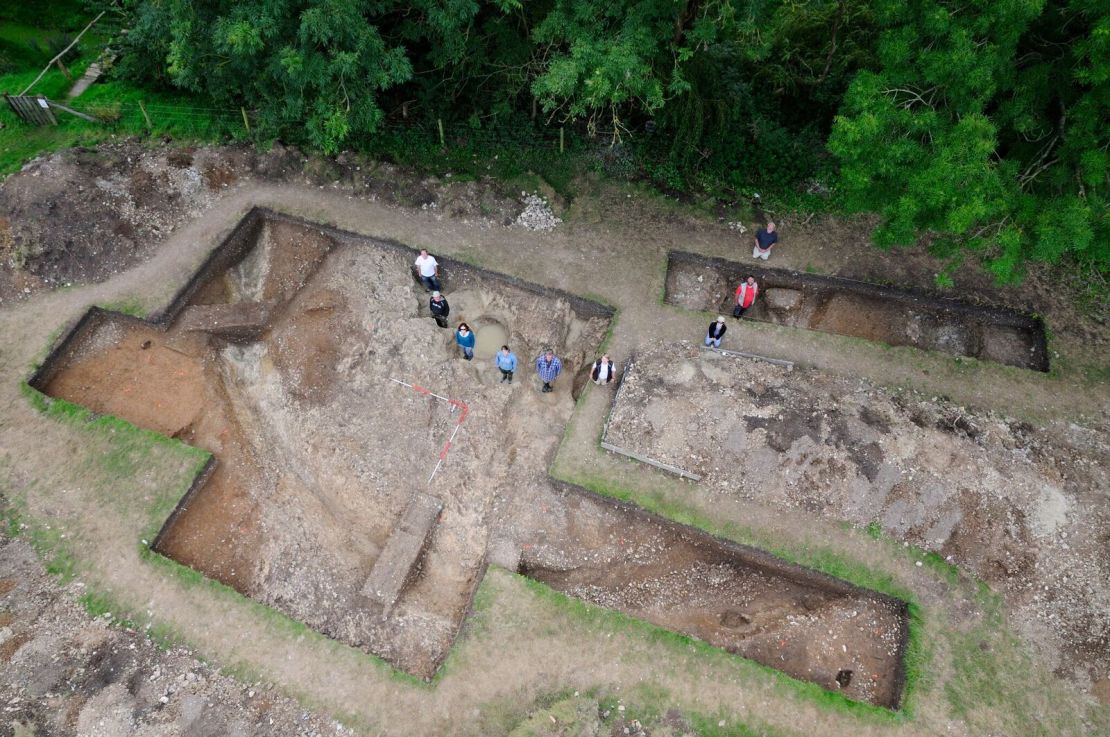Story highlights
Stonehenge one of the world's most famous prehistoric monuments
The stone circle was erected in the late Neolithic period
New evidence suggests the monument was originally built in Wales
Around a million people visit the site each year
It’s one of the world’s most famous prehistoric monuments – but is Stonehenge the “Ikea of monolithic monument building”?
That’s the view of Mike Parker Pearson, professor of British later prehistory at University College London (UCL) who says some of the famous rocky slabs – known as ‘bluestones’ – may have first been erected in Wales and then moved on to England around 500 years later.
Archaeologists from a number of different UK universities have discovered a series of stones in north hills of Pembrokeshire – around 140 miles from Stonehenge – which are the same as those at the ancient site in Salisbury in the west of England.
It turns out that the stones might have been taken down and put up again with the help of a bit of DIY – but this wasn’t any ordinary flat pack.
‘Fantastic’ discovery
“We don’t make that many fantastic discoveries in a lifetime of archeology but this is certainly one them,” Professor Parker Pearson told CNN.
“This is the first time we’ve found empirical evidence of how they moved the stones. There have been all sorts of ideas from rolling them in a strange cart-like construction to skimming them across the ice.
“You name it, I’ve heard it. But we finally have real evidence.”
The very large standing stones at Stonehenge are made of sarsen, a local sandstone, while the smaller ones are called bluestones.
The discovery of holes cut into outcrops near the Preseli Hills in Pembrokeshire match the stones of Stonehenge – but are estimated to be 500 years older than those at the famous site.

The stones at Craig Rhos-y-felin are thought to date back to around 3400 BC, while those at Carn Goedog go back to 3200 BC, according to the evidence presented by the investigation – but Parker-Pearson says the large sarsens at Stonehenge weren’t erected until 2900 BC.
He believes the 500-year interval is unlikely to be caused by slow transportation, but rather that the stones were being used as a local monument near the quarries before being transported to Wiltshire.
How the bluestones made their way to their current resting place has always been a source of contention but new evidence appears to shed light on the mystery.
The findings have been published in a new book by the Council for British Archaeology titled “Stonehenge: Making Sense of a Prehistoric Mystery.”
Wooden sledges and rail-like timbers
“The big surprise was that they didn’t use rollers to move the stones – that’s something of a Victorian myth,” Parker Pearson, who worked alongside a number of other archaeologists and geologists, said.
“We can rule that out because we found exit ramps which were too narrow for rollers.
“We think they put them on wooden sledges dragged them on rail-like timbers.”

According to research, each of the 80 monoliths weighed less than two tons so they could have been dragged by teams of people or oxen. Parker Pearson cites the examples of India and elsewhere in Asia where single stones were carried on wooden lattices by groups of up to 60 people.
Stonehenge is one of the UK’s most popular tourist destinations and attracts a million visitors a year.
The mysterious nature of the rock formation and the legends behind it have led to centuries of theories and legend.
Each year the ancient site hosts thousands of Pagans who celebrate the Summer Solstice there.
New evidence
“There have been all sorts of peculiar theories about why the stones were moved from powers of healing to music,” Parker Pearson added.
“I think this new evidence raises the distinct possibility that people weren’t interested in the stones themselves but rather the monument they were part of.
“It shifts the whole issue. It doesn’t sound like they were saying, ‘We need nice stones’.
“It sounds more like something that was imposed from Wales.”









